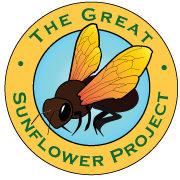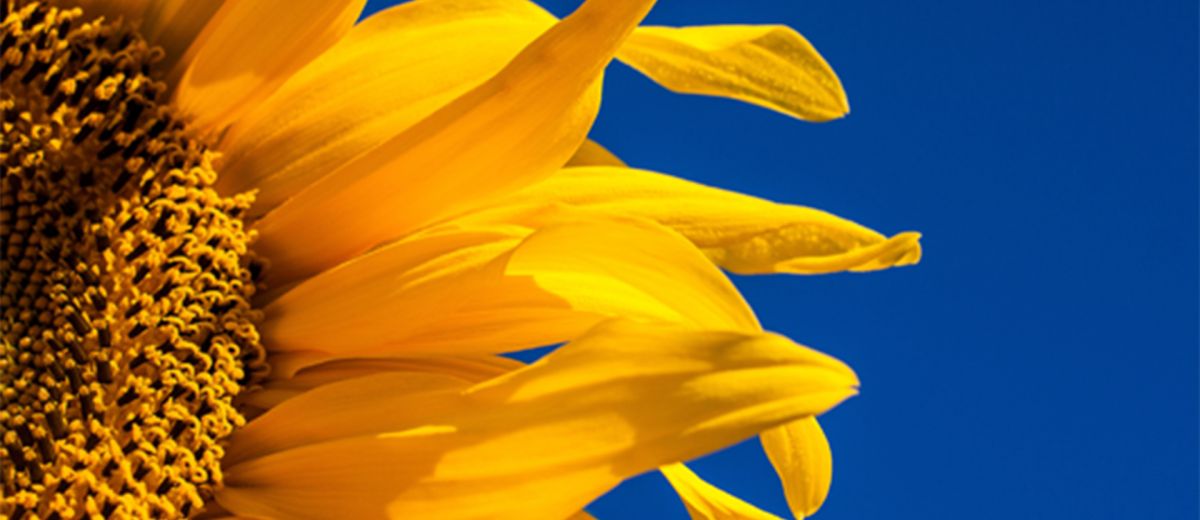The Great Sunflower Project
Get Involved With This Project
Over the past few years, scientific studies have suggested that both honey bee and native bee populations are in trouble. What we don’t know is how this is affecting pollination of our gardens, crops and plants in wildlands. In 2008, we started this project as a way to gather information about our urban, suburban and rural bee populations and to give people like you the tools to learn about what is happening with the pollinators in the places they care about.
The best and most useful way to contribute to the Great Sunflower Project is to focus on a particular site or set of sites. Each time you visit your yard, favorite park or wild area, you can do a pollinator count on any of the plants in that space. Over time, this will be a list of the most important plants for each pollinator and give you an indication of which plants are important at specific times of the year.
Together, your data and the data from everyone else who participates creates the largest single body of information about pollinator service in North America. Thanks to our thousands of observers, we can create a map of North America and determine where pollinator service is strong or weak compared to the national average.
While we love to get data from our namesake species, Lemon Queen Sunflowers, you can participate by watching any plant and recording how many pollinators visit, or recording pollinators as you take your favorite hike!

Researcher Bios
Gretchen LeBuhn, PhD
Gretchen LeBuhn, PhD is a Professor of Biology at San Francisco State University and the Director of the Great Sunflower Project. She is an ecologist and conservation biologist whose work focuses on understanding the relationships between changing landscapes and biodiversity and using this information to promote conservation and sustainable management. Her current research focuses on the role of management promoting biodiversity in grasslands and forests of California, the role of green space in maintaining biodiversity and ecosystem services in cities and understanding the effects of climate change in montane meadow communities.
She loves bees, math, being outside and working with the her students and the broader community. She was elected to the California Academy of Sciences in 2006 and was a lead author for the Intra-governmental Panel on Biodiversity and Ecosystem Services (IPBES) report on pollinators and pollination services.
She loves being outside anywhere!
Project URLs

 Data Sheets
Data Sheets
https://www.greatsunflower.org/node/1519449 Pollinator Map
Pollinator Map
https://www.greatsunflower.org/Map Pollinator Habitat Challenge
Pollinator Habitat Challenge
https://www.greatsunflower.org/habitat%20challenge
